2012: Can we face the enormity of our dilemma? Or: Twilight of the Idols
The human dilemma can be visualized as two trajectories rocketing into the future at ever dizzying velocities. On one rides the exponential rise in human misery and the accelerating degradation of “our” life-support system. On the other rides the information and innovation explosion, the cross-fertilization of East and West, the increase of longevity, wealth, beauty, sophistication and consciousness, the Gates Foundation and venture capitalism‘s four trillion dollar interest in the great Green hope. The bifurcation of our human family threatens collapse in Africa, the Middle East and much of Asia, and simultaneously promises smart homes, singularity and an enlightened citizenry within the First World. For complexity, the American Empire teeters on joining the Second World FSU, with its own home-style bifurcation.
And so what does a 21st century collapse look like? Is it a neo-Malthusian nightmare of famine, war and epidemics, much like the collapses of some dozen previous civilizations and societies? Or is it a continuation of present circumstances, where half the human world suffers nearly invisibly, despite You Tube ubiquity. To many, collapse sounds like an exotic news story heard (in part) on the way to yoga class or the wine tasting. But should one become overly concerned, one can always be brought back into the fold with a quick genuflection before any of modernity’s saviors: Technology, the Wisdom of the “free market” and the Growth of the Economy, the Demographic Transition, or the Evolution of Consciousness. These will get us through times of no Nature more comfortably than Nature will get us through times of no savior. That is, unless one believes that nature and future generations really matter. If so, then we may, as Thomas Berry suggested, “fix our minds on the magnitude of the task before us,” not to paralyze us, but rather to grant us the strength to wisely serve.
PRESENTER: Carleton Schade
Traveling in the hostile desert lands of Ladakh was a transformative experience for me, because there, in the shadows of the Himalayan mountains, exists a people who live as sustainably and happily by farming as do the “primitives” by hunting and foraging. Even more than just sustainably, for, in this world of harsh winters and piercing summer sun, more trees grace the valleys now than when these people arrived some two thousand years ago. In 1994, I completed my yearlong travels through the human multitudes in India, Nepal and Southeast Asia and witnessed a similar human omnipresence in Europe, and then again felt viscerally the very thickness of it in my adopted city of twenty-two years, New York City. Now, here on the East End the fresh ocean winds allow me to forget that we all live here by the grace of a borrowed ecological footprint. Since 2001, I have been teaching, writing and giving talks on the subjects of sustainability, dieback and spirituality.
